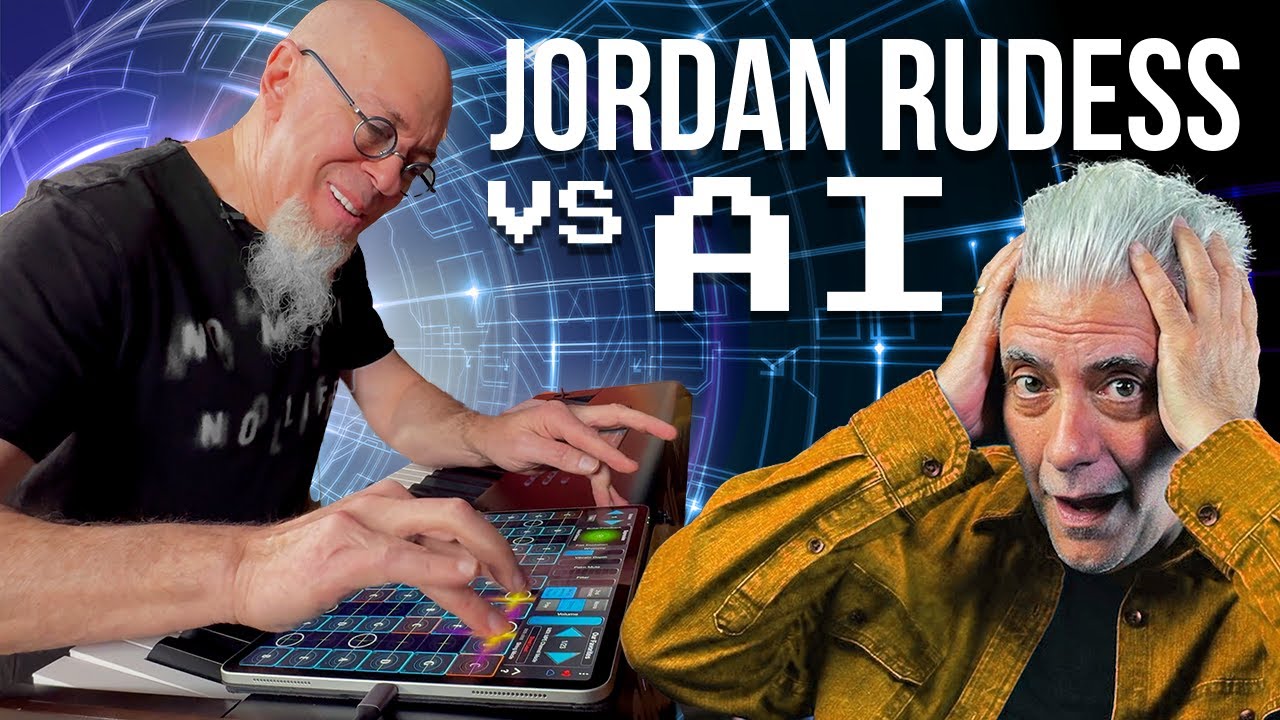In a recent interview, renowned keyboardist Jordan Rudess discusses his innovative music technology project, Geos Shred, and his collaboration with AI researchers to create an AI model that mimics his improvisational style, enhancing musical creativity. He also shares his journey of learning guitar at 64, emphasizing the importance of human input in music and envisioning a future where AI and musicians collaborate creatively.
In a recent episode of Rick Bato’s show, renowned keyboardist Jordan Rudess, known for his work with Dream Theater, discusses his innovative music technology project, Geos Shred. This application, developed during his time as a visiting artist at Stanford University, allows musicians to easily transition between diatonic and fretless modes on a touchpad. Rudess explains how the app utilizes physical modeling to create an intuitive playing experience, enabling users to slide between notes while maintaining perfect pitch. The app has gained popularity, particularly in India, where musicians are using it to explore microtones in Carnatic music.
Rudess also shares his journey into the world of artificial intelligence (AI) in music. He describes how he has been working with researchers at MIT to develop an AI model that mimics his improvisational style. By training the AI with MIDI files of his playing, Rudess aims to create a collaborative experience where the AI can respond to his musical ideas in real-time. This project has evolved over the past year, and Rudess expresses excitement about the potential for AI to enhance musical creativity while emphasizing the importance of human input in the process.
During the interview, Rudess demonstrates the AI’s capabilities by engaging in a musical exchange with it. He plays a series of chords while the AI generates melodic lines in response, showcasing the interactive nature of their collaboration. The AI is designed to learn from Rudess’s playing style, allowing it to introduce new ideas and variations, which keeps him on his toes as a performer. This back-and-forth interaction highlights the potential for AI to serve as a creative partner rather than a replacement for human musicians.
Rudess also discusses his recent passion for learning the guitar, which he began at the age of 64. He shares how he was inspired by his bandmate John Petrucci to explore the instrument and how he has been practicing diligently. His journey into guitar playing has opened up new avenues for creativity and connection with other musicians. He emphasizes that learning an instrument is possible at any age and that the process of mastering the guitar has been both challenging and rewarding.
The conversation concludes with Rudess reflecting on the intersection of technology and music, expressing his belief that while AI can enhance creativity, it cannot replace the unique stories and experiences that human musicians bring to their art. He envisions a future where AI and human musicians collaborate in innovative ways, creating a rich tapestry of sound that celebrates both technological advancements and the human spirit. Rudess’s enthusiasm for music technology and his dedication to continuous learning serve as an inspiration to musicians and fans alike.
